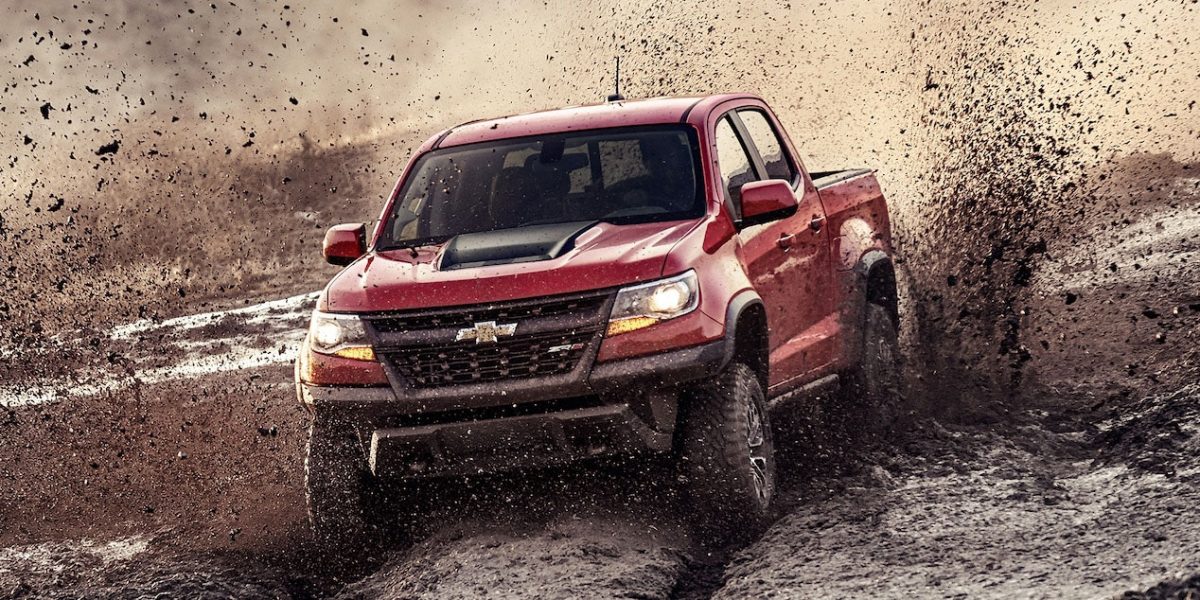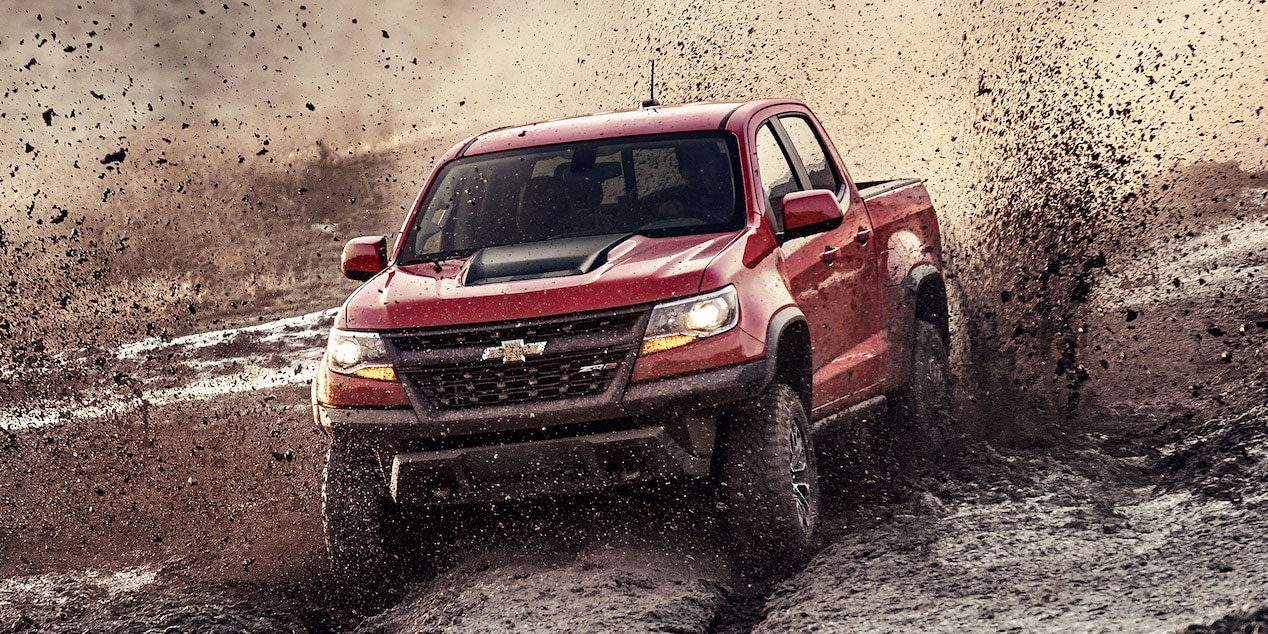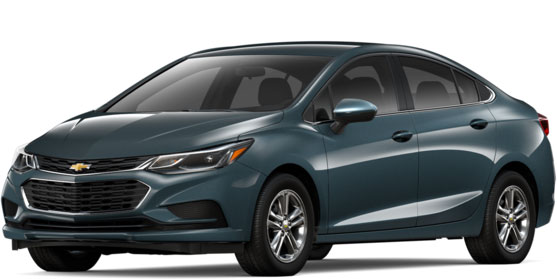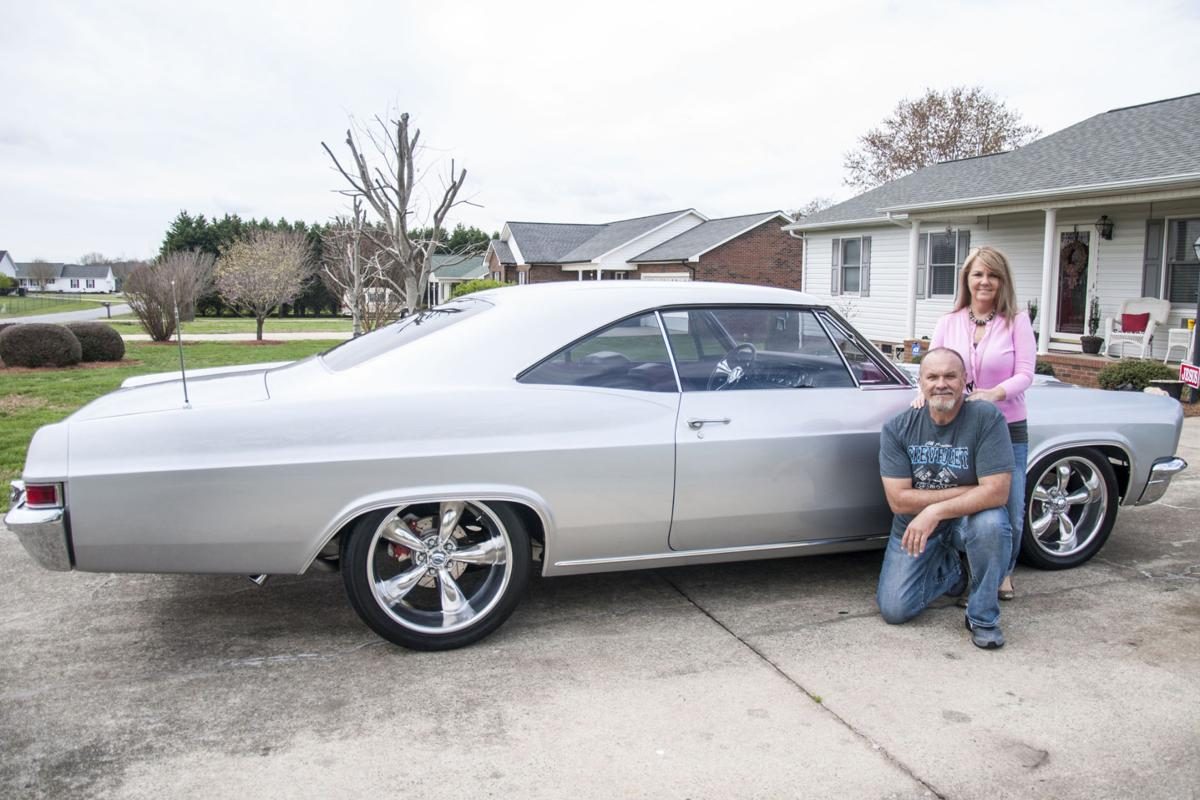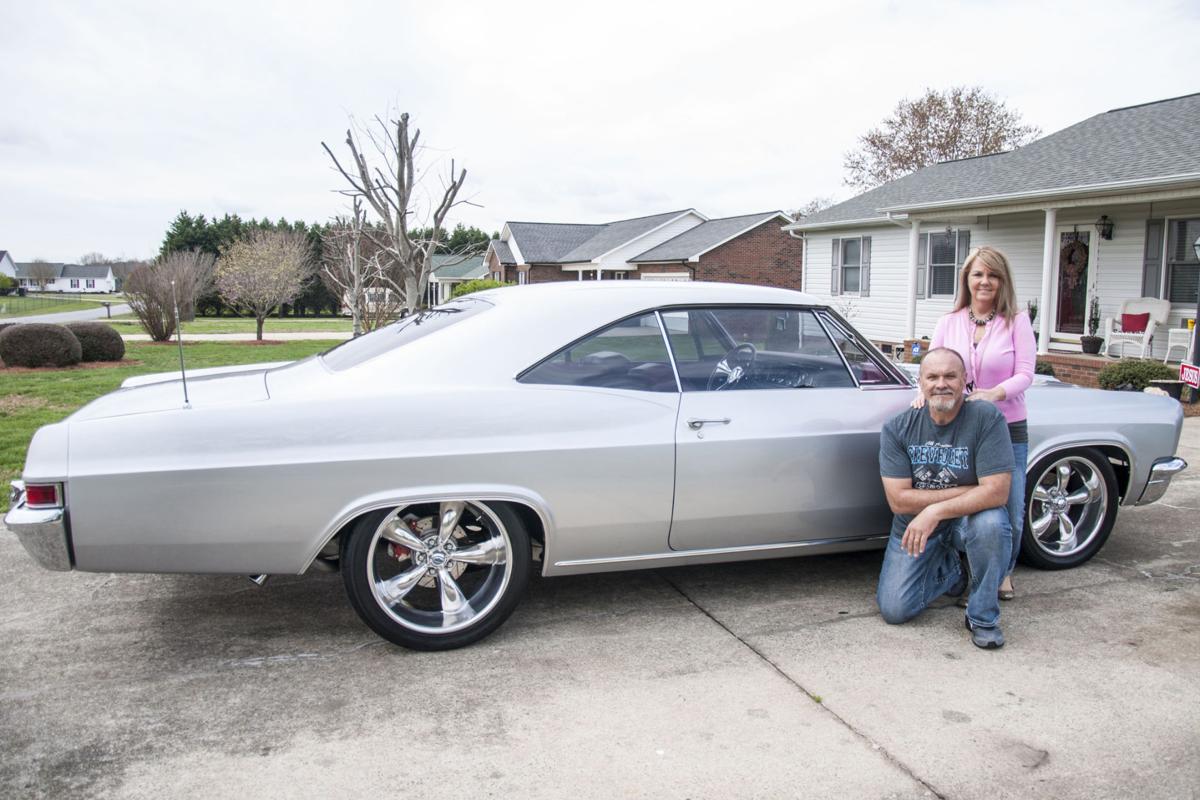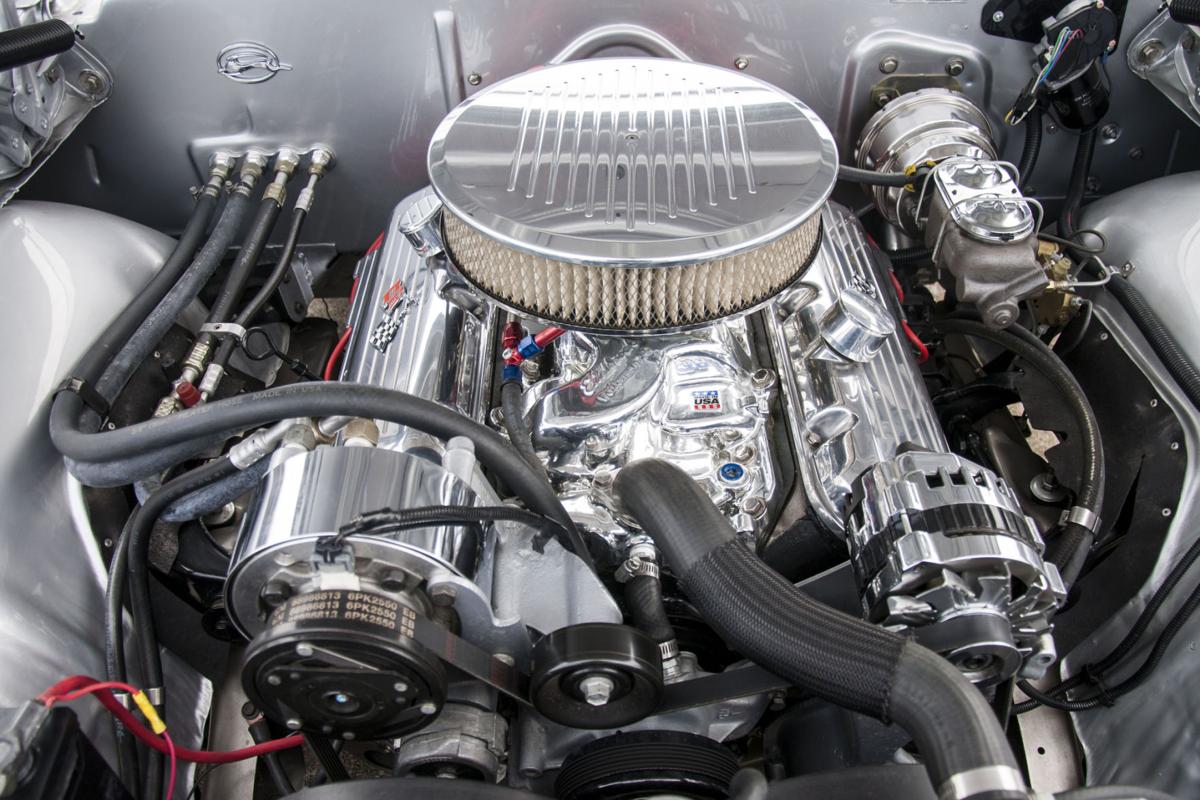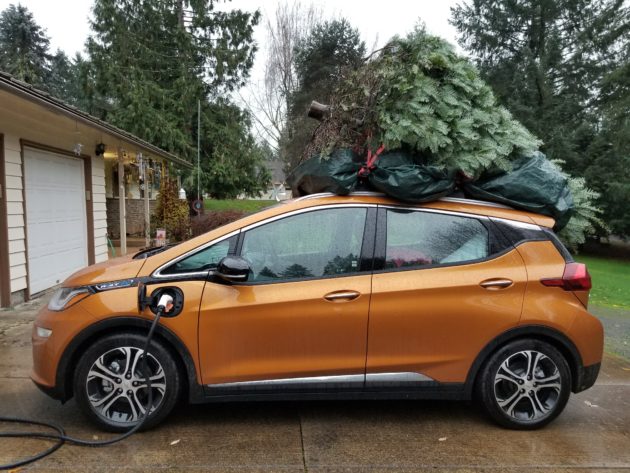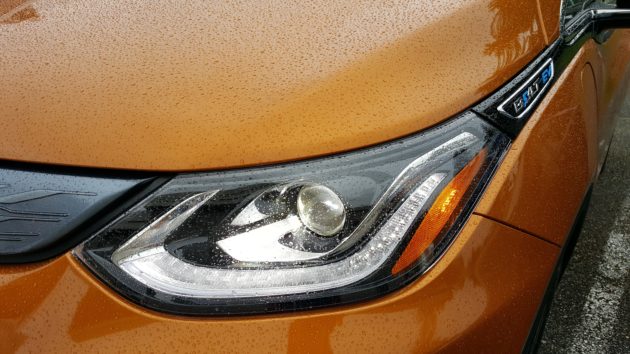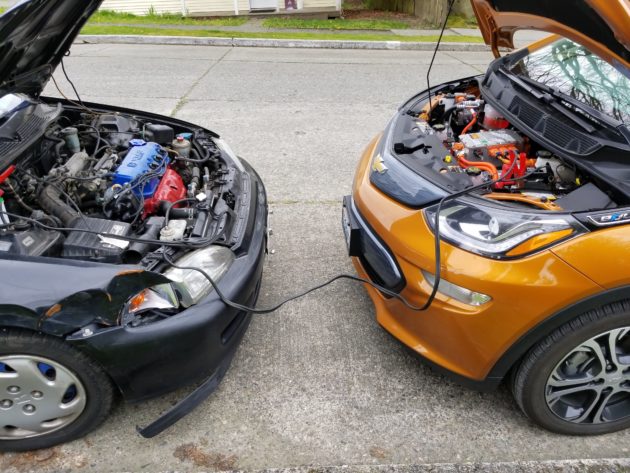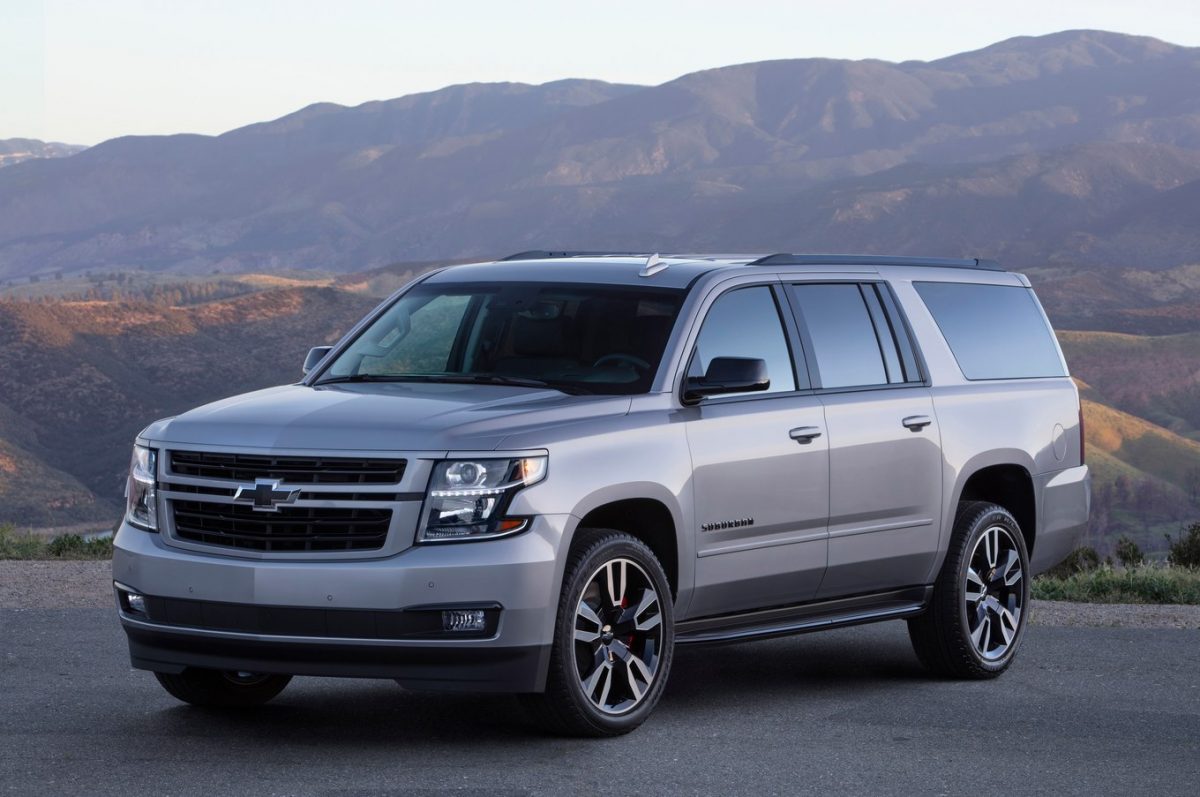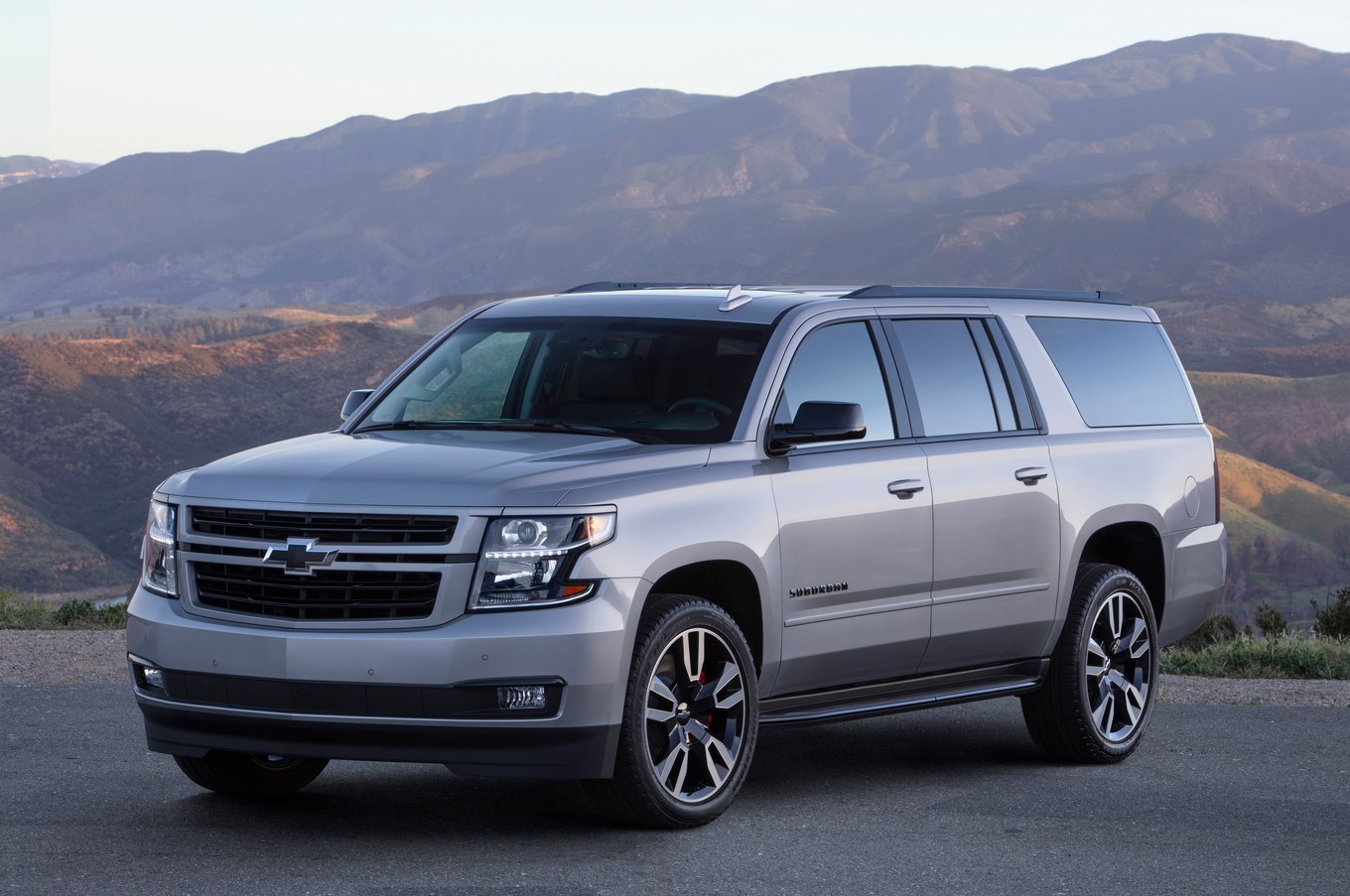When Chevrolet’s all-new 2019 Silverado 1500 full-size pickup goes on sale this fall it will be available in a wider array of trims, each with its own distinct personality. The 2019 Silverado’s eight variants range from the bare-bones, aptly-named Work Truck to the fully-equipped, luxury-dappled High Country.
 Two lifted, off-road-oriented models will be in the mix and the Custom Trail Boss and LT Trail Boss are sure to be popular. The version that’s aiming to gain some street cred for Chevy’s best-seller, however, is the new 2019 Silverado RST.
Two lifted, off-road-oriented models will be in the mix and the Custom Trail Boss and LT Trail Boss are sure to be popular. The version that’s aiming to gain some street cred for Chevy’s best-seller, however, is the new 2019 Silverado RST.
Chevrolet has long offered RS (Rally Sport) trim on its car models from time to time, and even on its SUVs as of late, but this is the first Rally Sport “Truck” (RST). So equipped, the new Chevy Silverado RST is all about making a visual street performance statement. A monochromatic paint scheme with a body-color grille, front and rear bumpers, and side mirrors set the tone, and the RST lights the scene with standard LED headlamps, tail lamps and fog lamps.
The most intriguing thing about the new Silverado RST (and the LT trim on which it is based), however, is the standard engine Chevy is using: a turbocharged 4-cylinder.
Turbo four in a full-size truck?
Last January, Chevrolet unveiled the lighter, roomier, and considerably more aggressive-looking 2019 Silverado to the world but engine details were skimpy. That changed at a recent powertrain drive event at General Motors’ proving grounds in Michigan where engineers rolled out several 2019 Silverados writers could test against their 2018 counterparts.
The company was coy about what was under the Silverado’s hood. Chevrolet had previously announced that a Duramax 3.0-liter inline-six turbodiesel was coming but one press of the engine start button dispelled the notion that it was equipped with the new oil-burner. Initial acceleration response was similar to a V8 engine but there was no familiar V8 rumble. The engine also felt more enthusiastic in response to throttle inputs, and out on the road course this particular Silverado felt lighter on its feet, less nose-heavy over the track’s vertical swells and decidedly athletic.
 Chevy could keep the secret no longer, and reporters in attendance were told that 2019 Silverados in LT and RST trim will come standard with a new double-overhead-cam, gas-fueled, turbocharged 2.7-liter 4-cylinder engine bolted to an 8-speed automatic transmission. The new turbo four will replace the carryover 285-hp 4.3-liter V6 in these versions of the Silverado.
Chevy could keep the secret no longer, and reporters in attendance were told that 2019 Silverados in LT and RST trim will come standard with a new double-overhead-cam, gas-fueled, turbocharged 2.7-liter 4-cylinder engine bolted to an 8-speed automatic transmission. The new turbo four will replace the carryover 285-hp 4.3-liter V6 in these versions of the Silverado.
With 310 peak horsepower and a robust 348 lb.-ft. of peak torque on hand between 1,500 rpm and 4,000 rpm, the new 2.7-liter 4-cylinder would seem to have the goods. But a 4-cylinder in a full-size truck? All I can say is my test drive made me a believer.
Folks with memories of laggy 4-cylinder engines in relatively heavy (5,000 pounds or so) vehicles need to revise their expectations. GM’s new 2.7-liter turbo four is a high-tech piece of engineering, featuring variable valve timing and lift. It also uses a twin-scroll single turbocharger with separate chambers (or volutes) that leverage the exhaust pulses of the engine to more quickly spool up the turbine wheel, especially at low engine speeds, reducing turbocharger response lag to a vague memory.
There are several other new features on the DOHC 2.7-liter’s spec sheet – an electric turbo wastegate, electric water pump, integral exhaust manifold forged-steel connecting rods, and an offset crankshaft come to mind – but variable valve lift is a GM first (until the next-gen Corvette comes along) and is especially noteworthy under the hood of a truck. There are three valve-lift profiles: low-lift for everyday efficiency, high-lift for max power, and an Active Fuel Management (AFM) mode that shuts down two cylinders under low-load conditions for maximum fuel economy.
The new 2.7-liter turbo 4-cylinder will run on regular unleaded fuel. GM will release EPA mileage estimates later this year.
Available 5.3-liter V8 with Dynamic Fuel Management
As was true in 2018, the 2019 5.3-liter V8 is rated to make 355 horsepower and 383 lb.-ft. of torque. DFM, GM’s new cylinder deactivation system, is engineered to improve the V8’s fuel economy. It works by idling as many as seven of the engine’s eight cylinders when they’re not necessary to deliver the power requested by the driver to maintain performance.
If this sounds familiar, you’re right. Since 2005, the Silverado’s V8 has been available with Active Fuel Management (AFM), a more basic cylinder deactivation system capable of idling four of the eight cylinders under cruising, coasting and low-load conditions. While AFM worked as advertised, fuel-economy benefits were minimal and extra astute drivers could hear the slightly sour note in the exhaust and feel the incrementally coarser engine character when the V8 was in V4 mode.
The beauty of the new DFM system is in how seamless it is. DFM evaluates the driver’s request for torque 80 times per second and responds with 17 different fractions or deactivation modes. If it weren’t for a dash-top digital readout device engineers hooked up for this driving exercise, which showed me the cylinders that were deactivated at any given time, I’d have had no clue there was so much going on behind the scenes. The 5.3-liter was smooth in operation, crisply responsive to throttle inputs, and as quiet as ever – even as the improvised display changed faster than a NYSE ticker.
Additionally, even though Chevy imposed a 60 mph top speed limit on my driving, the V8-powered 2019 truck felt a little livelier from the get go than did the 2018. That was probably more a function of the diet the 2019 model underwent, saving a few hundred pounds by switching from steel to aluminum for the doors, hood and tailgate.
Ultimately, what you need to know is with this more comprehensive DFM system, the 2019 5.3-liter V8 is in some form of cylinder deactivation more often than the 2018 engine was with AFM – about 9 percent more in GM testing. And that, in theory, saves more fuel.
Official EPA fuel-economy estimates will be announced closer to the truck’s on-sale date this fall.
Full-size trucks meet cyber punk

With a surprisingly lively standard 2.7-liter turbocharged 4-cylinder engine, this might be the most common view motorists will have of the sporty-looking 2019 Silverado RST.
(CHEVROLET)
Advanced engine tech is finally filtering into the full-size truck universe. The F-150 made its move a few years back with its 3.5-liter EcoBoost V6 and this year Ram will roll out eTorque mild-hybrid versions of its 3.6-liter V6 and 5.7-liter Hemi V8.
Now it’s GM’s turn.
With the huge profits automakers are enjoying in this segment – the average full-size pickup sells in the $40,000 range today – there’s significant margin available to fund such projects. Tougher upcoming fuel-economy standards or not, the expectations of full-size truck buyers have changed, and big, old pickups with simple mechanicals will soon be a thing of the past.
Thanks for reading about the 2019 Chevy Silverado turbocharged 4 cylinder engine and the RST Silverado edition.

View Source: Daily News Autos.

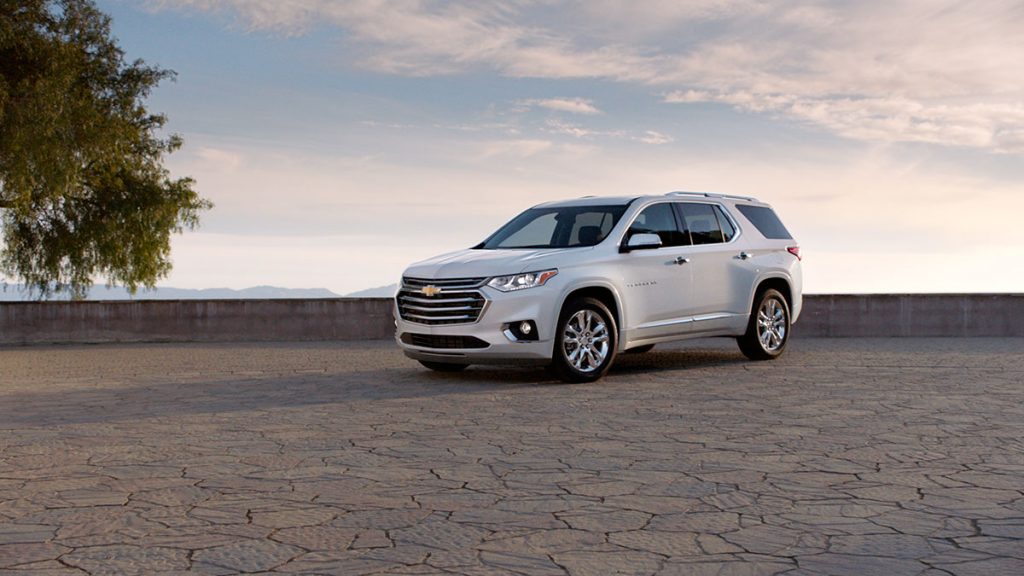
 2018 Equinox for only $99/mo.*
2018 Equinox for only $99/mo.*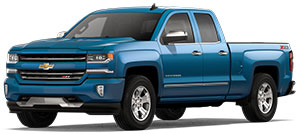 2018 Silverado 0% x 72 mo + $2,000 cash back, lease specials, huge rebates and more*
2018 Silverado 0% x 72 mo + $2,000 cash back, lease specials, huge rebates and more*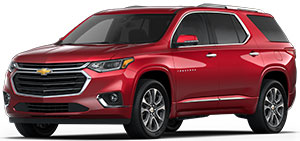 2018 Chevrolet Traverse offers room for up to 8 adults with unprecedented incentives ending 5.31.18.
2018 Chevrolet Traverse offers room for up to 8 adults with unprecedented incentives ending 5.31.18.

